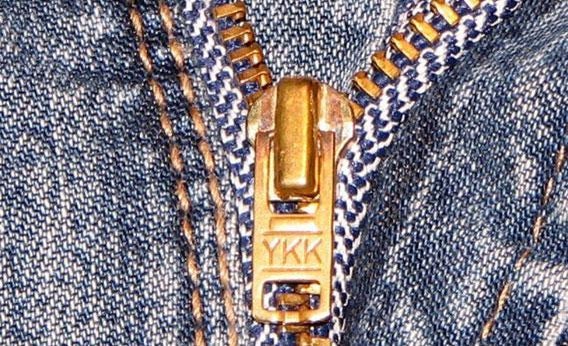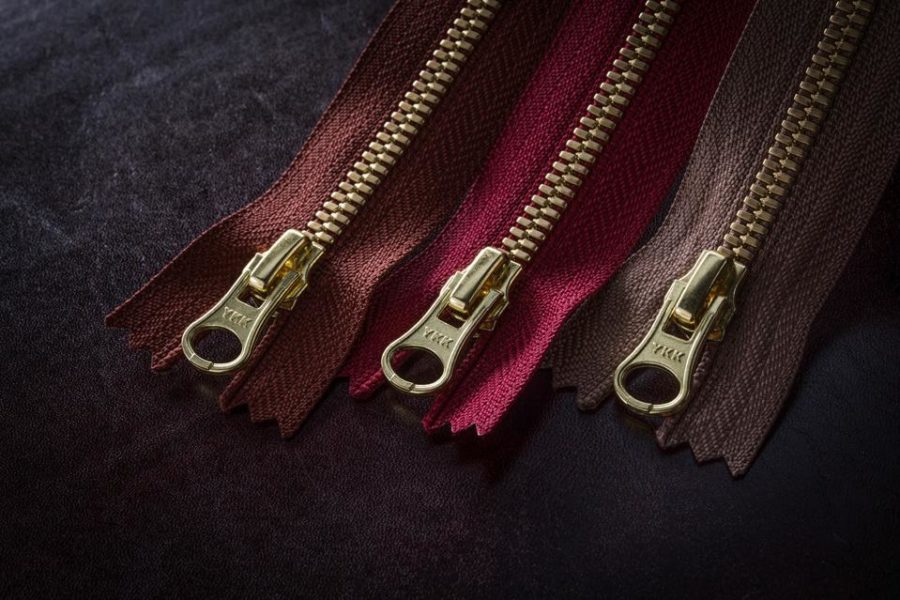“YKK is not some secret code nor some obscure mark of zipper quality”. Here’s the interesting story behind the zipper:
The following written content by Kathryn Whitbourne

No, it’s not some secret code nor some obscure mark of zipper quality. YKK is the name of a huge company that makes zippers, among many other products.
Founded in Japan in 1934 by Tadao Yoshida, YKK was originally called Yoshida Kogyo Kabushikikaisha, which roughly means Toshida Company Limited in English. Yoshida designed his own zipper machines. In 1994, the company changed its name to just YKK. The privately held YKK Group is headquartered in Japan and is made up of 106 companies in 70 countries. YKK makes the entire zipper including the dyed cloth and the brass used to make the zipper.
YKK zippers are found in:
- Clothing
- Furniture
- Automobiles
- Luggage
- Sports equipment
YKK produces more than 7 billion zippers, about half the world’s supply of zippers, according to Slate. It is the preferred zipper of many fashion designers due to its reliability. YKK also produces the machines that make the zippers.
A YKK factory site in Macon, Georgia, produces more than 5 million zippers a day, in 1,500 styles in 427 standard colors. It’s the largest zipper factory in the world. The Macon site produces its own brass to make the teeth and slider parts of a zipper. The same factory also produces and dyes the yarn that is woven into the fabric portion of a zipper. YKK has leveraged its knowledge of working with metals to form an aluminum building products division that now accounts for two-thirds of YKK’s worldwide sales.
Here is a bit of zipper history. The “clasp locker” as it was called, was invented in 1891 by Whitcomb L. Judson. The clasp locker was an assemblage of hooks and eyes that Judson thought would save people time and sore backs fastening their shoes with one hand. Later, in 1913, Gideon Sundback of Sweden developed the predecessor of today’s zipper that used metal teeth and patented it in 1917. Sundback’s design was the first design that saw practical use. Read more from HSW.





